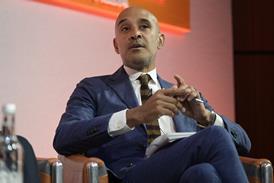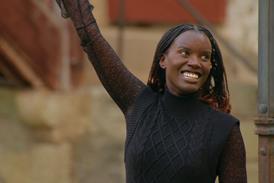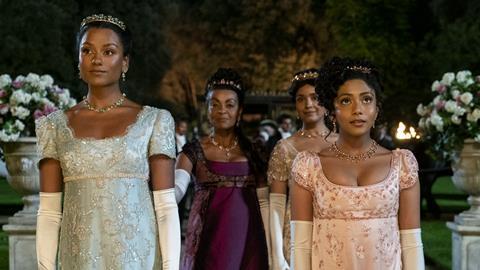Young people watching seven times less TV than over 65s
The difference in the amount of time younger and older generations spend watching broadcast TV is at a record high, as SVoD platforms continue to grow in popularity among younger audiences.
According to Ofcom’s annual Media Nation’s report, people aged 16-24 watched almost seven times less scheduled TV than people aged over 65 in 2021.
After a steady decline in TV viewing among 16-24-year-olds over the last decade, the amount of time young adults spend each day watching broadcast TV is less than an hour (53 minutes) per day, a ten-year low for the UK.
The report said SVoD services accounted for much of the decline, with viewers drawn to UK-produced titles such as Netflix’s Stay Close, After Life, Bridgerton, and feature doc The Tinder Swindler.
The three most popular streaming services – Netflix, Amazon Prime Video and Disney+ – were watched for an average of 58 minutes per day, accounting for 18% of TV viewing in 2021. SVoDs broadly retained their viewership following the pandemic-induced surge to 19% in 2020.
SVoD and YouTube together accounted for just over half (53%) of all viewing among 16-34s in 2021, up from 51% in 2020, in spite of a reduction of video content consumption by more than half an hour a day on average between 2020 and 2021, as young adults spent less time under Covid-related restrictions.
The reduction in SVoD viewing coincided with a decline in subscriptions to streamers, with the proportion of households subscribing to at least one SVoD service dropping by more than 350,000 in Q2 2022 to 19.2m.
While this represented a decrease of a single percentage point, Ofcom reaffirmed previous analyses citing the cost of living crisis for putting pressure on consumer spend.
A boom in high-end production
A post-pandemic boom has led to record increases in the number of high-end TV productions since 2013, when the high-end TV tax credit was introduced. Overall, there were 211 productions last year, up from 116 in 2020 – an 82% increase. It is the highest number of projects since the HETV tax credit was introduced in 2013.
Of these, 94 were domestic productions, such as series three of Hat Trick’s Derry Girls, up from 50 in 2020 and 68 in 2019. The remainder (117) were overseas productions being made the UK, such as series two of BBC Studios and Amazon Studios’ Good Omens and series six of Left Bank’s Outlander, up from 66 in 2020 and 94 the year before.

A five-year trend towards increasing high-end projects indicates that the bump is not solely due to production delays caused by pandemic, with Ofcom highlighting that long-form productions increasing from 16 to 19 in 2020 and by 90% (36) in 2021.


























No comments yet